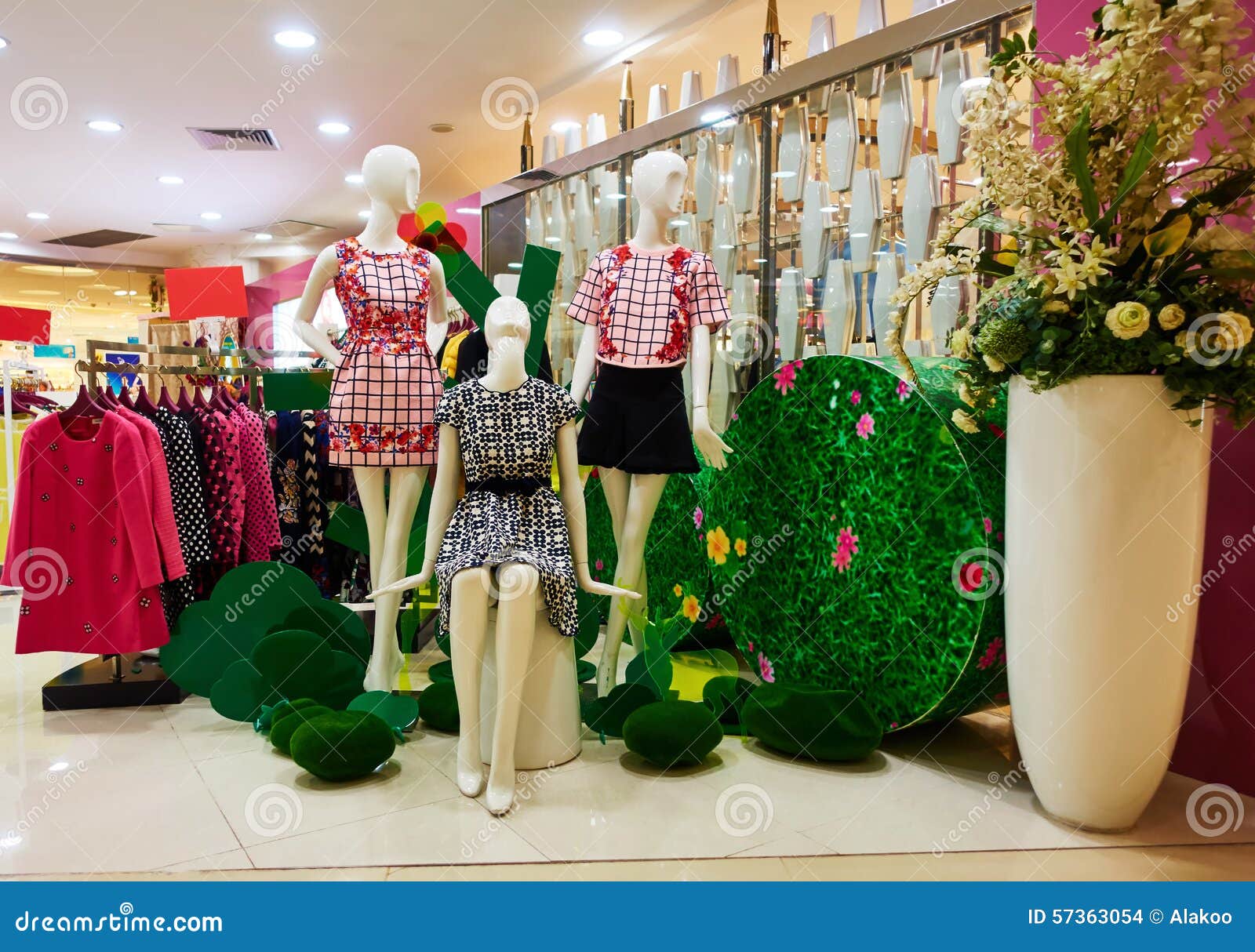How to Style Your Attires with Boutique Fashion Locates
How to Style Your Attires with Boutique Fashion Locates
Blog Article
A Deep Dive Into the World of High-Fashion Runways: Recognizing Clothing as Art
Designers, much like skillful musicians, weave detailed stories with type, textile, and shade, testing conventional norms and redefining appeal standards. As we explore these sartorial spectacles, we must consider: what function does fashion play in shaping societal values, and just how does it reflect the ever-changing tapestry of human feeling and identification?
The Development of Runway Shows
The trajectory of path shows has transformed substantially over the decades, developing from special industry occasions to fascinating spectacles that mix fashion with art. Typically, runway programs were intimate events, held in ateliers or small venues, mainly gone to by buyers and sector experts. These early discussions concentrated on the garments' craftsmanship and business practicality, providing a direct and functional screen of seasonal collections.
As the apparel industry broadened, the nature of path programs started to alter. The 1970s and 1980s marked a transforming point, with designers seeking to differentiate themselves via more theatrical discussions. This age saw the rise of intricate collections, choreographed designs, and thematic stories, advertising a brand-new age where the runway ended up being an experiential platform. The programs transformed right into a form of storytelling, where each collection communicated a distinctive story or principle.
In the last few years, innovation and social media sites have actually additionally changed runway programs, making them available to a global audience. Livestreaming and digital systems have actually equalized style, allowing lovers worldwide to witness these events in real-time (boutique fashion). This advancement shows a broader social change, where high-fashion runways act as a dynamic crossway of performance, innovation, and design
Designers as Enthusiast Artists
Designers in the high-fashion sector have blurred the lines between useful garment creation and the theoretical realm of art. By welcoming creative disciplines such as sculpture, painting, and progressive installments, developers craft garments that challenge standard fashion standards and elevate them to art forms.
Visionary designers draw motivation from a myriad of resources, including abstract art, historical recommendations, and individual stories. They have an unique ability to visualize and emerge concepts that press the borders of standard fashion, typically redefining aesthetic paradigms while doing so. This creative resourcefulness is showcased with dramatic silhouettes, ingenious materials, and elaborate craftsmanship, which invite audiences to experience fashion as more than simply wearable items.
Moreover, the runway serves as a canvas for these musicians, where lighting, music, and set style coalesce to develop immersive experiences. These discussions are not simply screens of clothes however are orchestrated efficiencies that stimulate emotion and prompt thought, attesting the developer's role as a real artist in the contemporary social landscape.
Cultural Impacts in vogue
Social tapestry weaves its intricate patterns into the material of fashion, affecting developers around the world. The vibrant interchange of social tales, traditions, and icons educates and motivates collections that elegance high-fashion paths.
The influence of culture on style is frequently seen in the reinterpretation of traditional garments and patterns. The use of Japanese kimonos, Indian saris, or African prints in modern fashion shows a blend of social authenticity and modern aesthetic appeals. Designers such as Valentino's Pierpaolo Piccioli and site link Alexander McQueen's Sarah Burton have actually been understood to incorporate abundant cultural motifs right into their couture collections, converting background into wearable art.

Technology in Textile and Style
Technology in fabric and design regularly improves the landscape of high-fashion, pushing limits and redefining possibilities. Designers are significantly exploring the integration of technology, such as 3D printing, which enables for the production of complicated frameworks that were formerly unimaginable.
The fashion sector is observing a surge in the use of eco-friendly materials, obtained from recycled plastics, organic fibers, and even eco-friendly elements. Developers are embracing these products to craft garments that are both visually striking and mindful of their ecological impact.
In terms of design, avant-garde shapes and speculative kinds are continuously revolutionizing the path. By incorporating cutting-edge methods and unique materials, developers cultivate garments that blur the line between fashion and art, setting brand-new standards for creative thinking and expression in the high-fashion ball.
Impact of Style on Culture
Style wields a profound influence on culture, offering as both a representation of cultural identification and a catalyst for social modification (boutique fashion). Through its development, style has mirrored social changes, enveloping the zeitgeist of different click reference ages.
Furthermore, style has the power to bridge cultural gaps, promoting understanding and gratitude amongst diverse groups. As globalisation increases, the cross-cultural exchange of style ideas comes to be significantly considerable, advertising inclusivity and variety. The surge of streetwear, stemming from urban subcultures, shows exactly how fashion can transcend socio-economic limits, approving people a method of self-expression and empowerment.
In significance, style is not simply about aesthetic appeals; it is a dynamic pressure that influences values, mindsets, and social development (boutique fashion). By continually engaging with social and social currents, style continues to be an integral component of the collective human experience
Conclusion
High-fashion runways act as vibrant arenas where garments transcends functionality to end up being a meaningful art kind. Developers, akin to visionary artists, orchestrate collections that show identification, emotion, and social stories, challenging conventional looks. The blend of cutting-edge textile and design, coupled with sophisticated set layouts, lights, and music, creates immersive experiences that commemorate social diversity. This crossway of fashion and creativity not just captivates audiences globally however additionally affects societal assumptions and promotes a much deeper recognition for multiculturalism.

Social tapestry weaves its detailed patterns into the material of style, affecting designers around the world.Style wields a profound impact on society, offering as both a reflection of social identity and a driver for social change.
Report this page